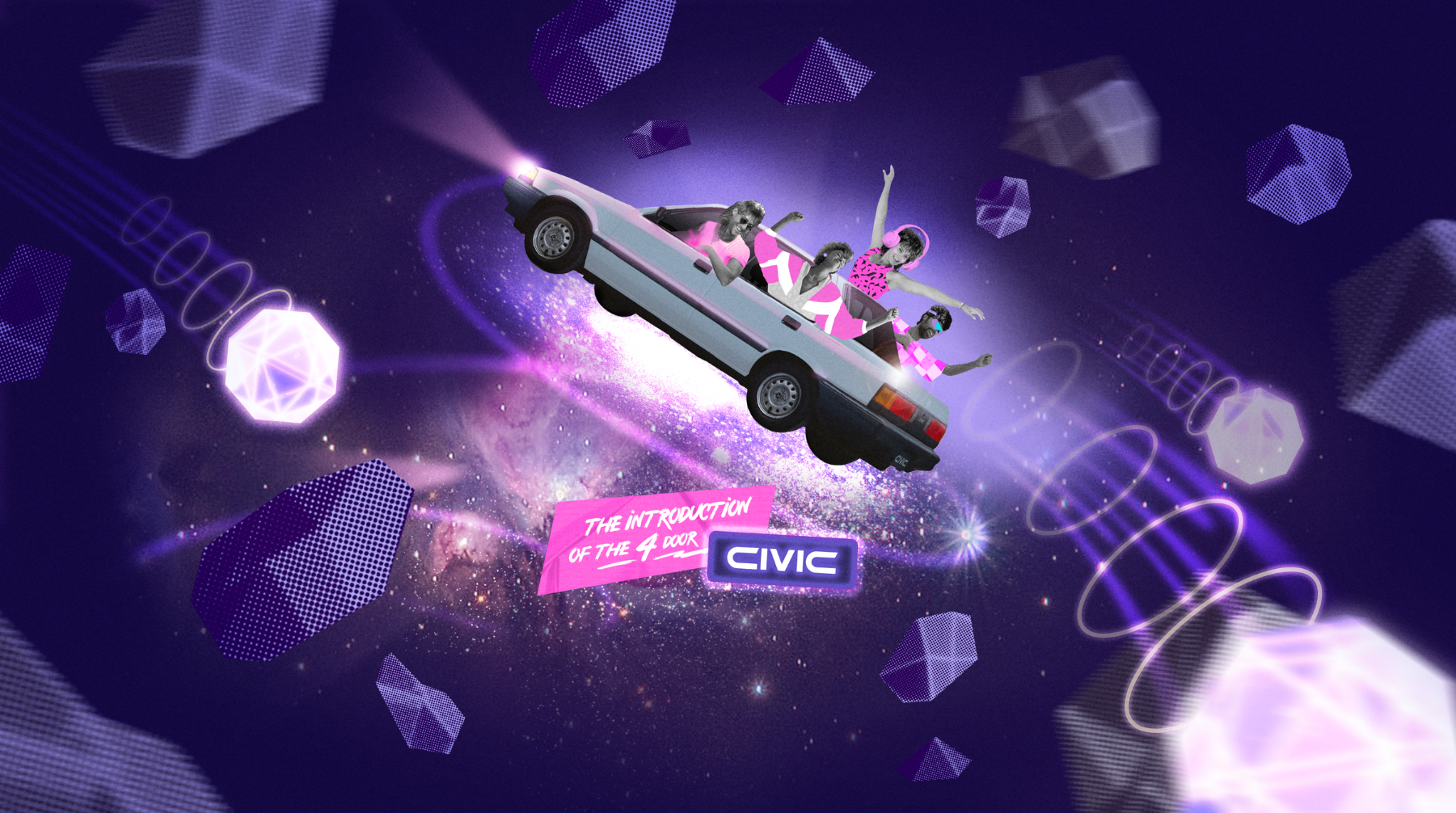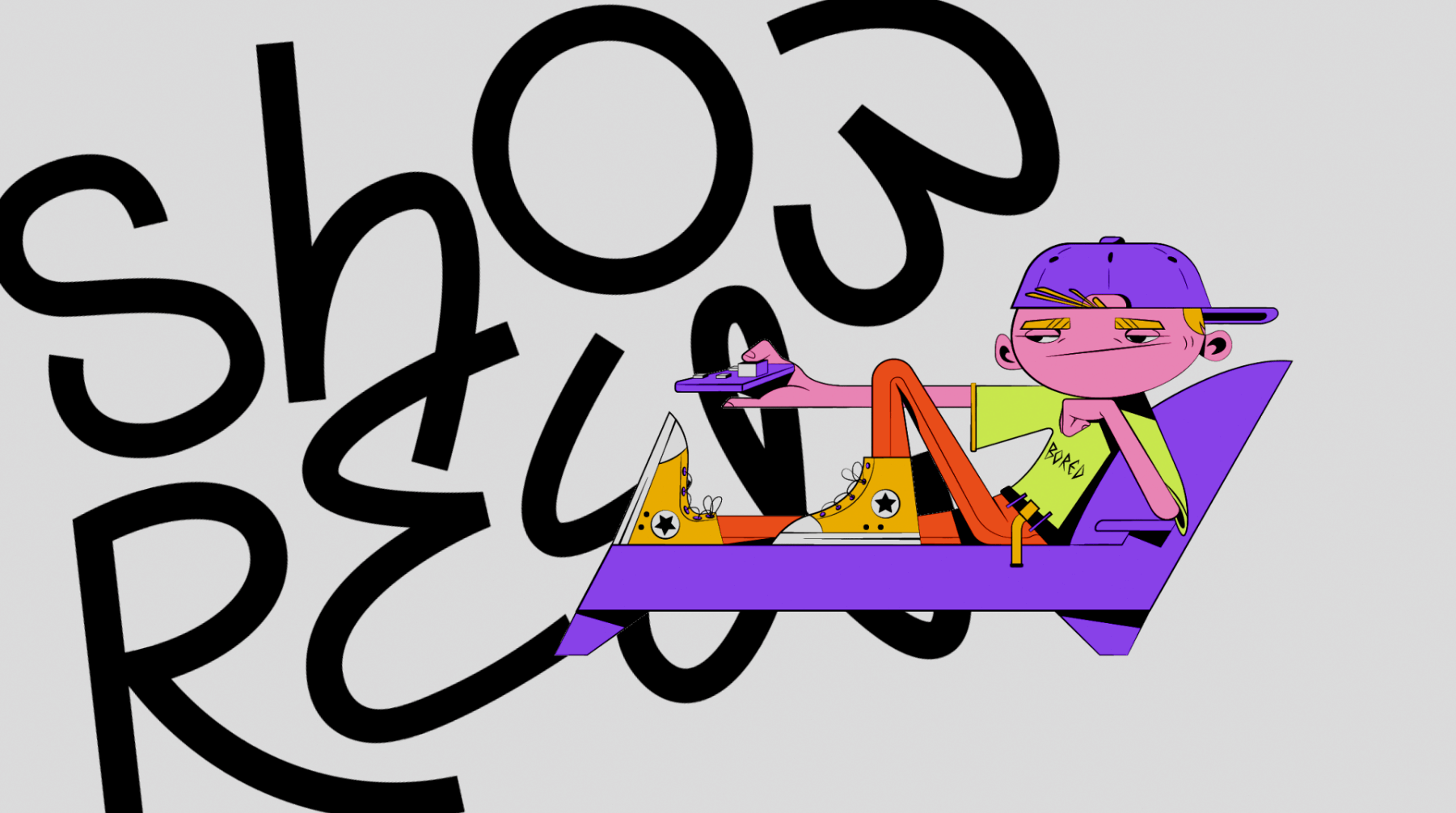CTA in Video Marketing: Tips and Strategies to Drive Sales and Engagement
Marketing tips
Agnieszka Jania
17.06.2024
5 MINUTES
There are many elements that go into creating a successful marketing video. One of (if not the) most important elements certainly has to be the design, timing, and inclusion of a call to action (CTA).
A well-timed video call to action can be the difference between a successful and failed marketing campaign. A CTA grabs the viewers' attention, outlines the unique selling proposition, and gives them a clear pathway forward, be it a product purchase, a subscription, or whatever the end goal of the marketing video.
Are you wondering why are CTAs important? What are the qualities and characteristics of the best CTAs? Trouble finding tips and tricks to better integrate a call to action in video marketing at your own company? This blog post will go over everything you need to know!

Why Are Calls to Action Important?
Effective CTAs are a cornerstone of every successful video marketing strategy. While video content itself is a great way to inform prospective clients, stakeholders, and the general public about your products, services, or mission, CTAs are often necessary to leave a lasting impact. Here are the key benefits of video CTAs:
- Increase Engagement
CTA videos are a great way to compel potential customers to check out your products. In a digital world saturated with cheap banner ads and inexpensive image ads, a high-quality video stands out and forces people to pay attention. It is a great way to set apart your brand and increase both raw engagement numbers and engagement rates with your website, products, and services.
- Improve Conversion Rates
Using videos in your marketing strategy can be an expensive endeavour that takes careful consideration and planning. You need to ensure you get a proper return on investment. Direct video CTAs can propel viewers into action and be the deciding factor between whether they check out your products or not. A creative and customized CTA is a great way to improve conversion rates!
- Get Across Your Unique Selling Propositions
Videos are one of the only mediums that give companies, NGOs, and government bodies the necessary freedom and space to get across their messages and unique selling propositions, no matter how complex or niche. Such a video followed by a call to action presents a golden opportunity to get across what makes your businesses, products, and services unique and where potential customers can find you!
Types of CTA for Video
Though a call to action is simple in concept, there are many ways to go about designing and implementing it. Understanding the nuances of different approaches to video CTAs is important, and it all starts by learning about the different types of CTA for video:
Transactional Call to Action
The most common type of video CTA, transactional calls to action directly tell the viewer to purchase/try out/download a product, service, or app. It is the most straightforward as the success of transactional CTAs can be measured in increases in sales and revenues.
Engagement Call to Action
Often, instead of trying to sell a product, engagement itself can be the goal of a marketing video. Getting viewers, at various points of the customer's journey, to recognize your brand, visit your website, and engage with your services can be highly valuable more so than direct sales.
In an engagement video call to action, you usually aim for a more approachable and less "salesy" style whereby you try to convince the viewers of the merits of your business/message/approach in a general sense.
Informational Call to Action
Informational calls to action, instead of trying to sell a product/service directly, try to inform the viewers of a particular issue. Largely letting the information and data speak for itself, the hope is that's enough to spring viewers into action.
Informational CTAs are often employed by NGOs, government bodies, the healthcare industry, and other companies that work in areas of public interest.
Interactive Call to Action
The most experimental, in this type of CTA, you try to add or embed interactive elements to/in the video that act as calls to action. Common interactive components include buttons, sliders, and links that can act as an effortless method of funnelling viewers into relevant landing/product pages.
A CTA button or image CTAs can be great ways to grab the viewers' attention and prevent the video from appearing monotonous and uninteresting. However, implementing them correctly is trickier, more technically difficult, and more expensive than other types of CTAs.

Tips to Implement Video CTA in Your Project
#1 Take Inspiration from the Best Video CTA Examples
CTAs are the go-to method to engage audiences when creating video marketing content. Companies, from small local ones to the Fortune 500, rely on it regularly and consistently to make their campaigns more effective.
What this means is that there are plenty of highly successful video CTA examples that show the various methods, techniques, and approaches you can take to creatively and effectively integrate CTAs into your video project. There is no need to reinvent the wheel. Look at video CTA examples, see what works and what doesn't, and use that to your advantage when planning your video marketing strategy.
#2 Take Full Advantage of the Medium
Videos are a visual and auditory medium, meaning you can communicate with the viewers using both visual and sound elements. To create effective CTAs, you need to make extensive use of and carefully integrate all the elements at your disposal into the video.
What this means in practice is that you can use a combination of visual, textual, and auditory elements to capture the attention of your viewers truly. Common approaches include having a narrator announce a verbal CTA alongside visual elements, having text CTA prominently displayed during the video alongside auditory elements, and various mixed approaches.
#3 Short, Snappy, and Straightforward Calls to Action Are Generally More Effective
Though it depends on the context, industry, and approach, as a general rule of thumb, people respond much better to snappy and straightforward calls to action that clearly explain what the viewer is meant to do.
In today's digital world, potential customers are regularly bombarded with ads, notifications, and distractions. People have little patience and a limited attention span. While the video content needs to be fresh and creative, if that comes at the cost of obfuscating the core purpose and the principal CTA of the video, you run the risk of confusing and distracting your viewers, lowering both engagement and conversion rates.
When planning, designing, and iterating on the video, "how easy it is to understand and digest the message" should always be one of your top considerations if you want the video to reach and resonate with a broad audience.
#4 Create a Call to Action That Resonates With Your Target Audience
Calls to action are incredibly versatile and can be used in various contexts. NGOs often integrate CTAs into their fundraising efforts. Companies rely on CTAs when introducing or marketing services/products. And government bodies extensively rely on CTAs to inform and urge the public to take specific measures.
But this adaptability and versatility often dilutes how people approach CTAs, often taking safe, middle-of-the-road approaches that aim to be as nondescript as possible. This isn't correct. Remember, the best CTA is the one that is directly designed to resonate with the target audience.
A few examples will help better illustrate this point. If you are integrating a CTA in a fundraising video for an environmental agency, instead of using generic fonts and images, you should go with visuals that feature nature or pertinent data. This will amplify your messaging and make the call to action more effective.
#5 Multiple CTAs
Albeit uncommon, you can have more than one CTA in a video. This usually comes in the form of a pre-roll CTA that immediately grabs the viewers' attention, a mid-roll CTA that tries to remind the viewers of your purpose, and a post-roll CTA that tries to end on a snappy and memorable note.
The number of CTAs in a video will depend on the length of the video, the complexity of the subject matter, the tone of the video, and the demographics you are targeting. In some circumstances, a pre-roll and post-roll CTA is enough. In others, even three might not be enough, and you'll be forced to include multiple mid-roll CTAs.
Including multiple calls to action is certainly not without its disadvantages. Hearing the same message multiple times, especially if it is worded and structured identically, can serve to annoy and dissuade the viewers from engaging with your services/products. Think of it like a page that has ads on it. People can usually stomach an ad or two. But if you are going to include a banner ad, a sidebar ad, and mid-browsing, a pop-up ad shows up, you'll quickly turn away all your visitors. So, while a powerful strategy, marketers need to know when and how to use it.
Client Relations Specialist in Pigeon Studio - animation production company
Enter your email address:








































